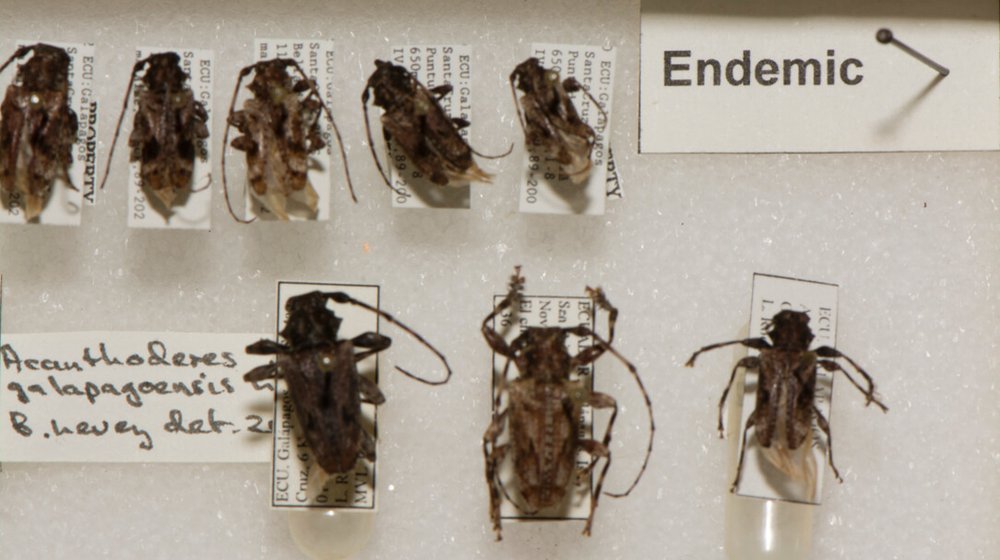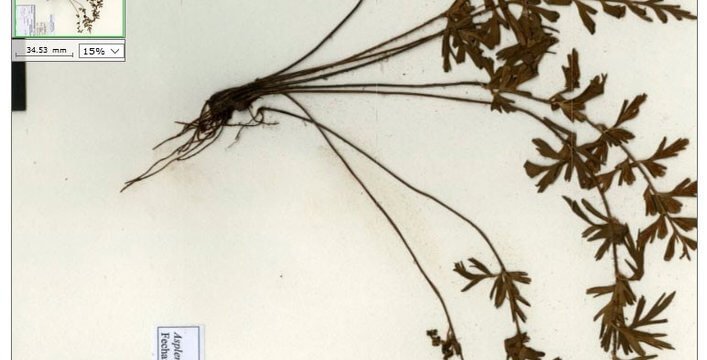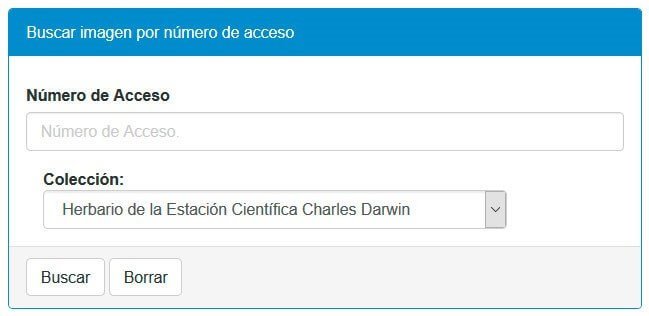
Many programs have been started with a goal to provide the best access to existing taxonomic information, but arguably the most important began in 1994 under the auspices of the United Nations with the creation of the BIN 21 network, now known as the GBIF (Global Biodiversity Information Network). In 1994, Ecuador presented the first ever online database of biodiversity, Proyecto BioBanco, to the BIN21 forum. Unfortunately, in succeeding years the Government of Ecuador let go of all its initiatives to catalog biodiversity, including the original Proyecto BioBanco. However, in the past five years the initiative has been revived and the nation is working to catch up with the developments in bioinformatics that happened in the intervening years.
In 2011, a letter directed to the President of the Board of Directors of the Charles Darwin Foundation (CDF) signaled the concerns various institutions had about the enormous backlog of information about the biodiversity of Galapagos. Seven years later, CDF is in possession of a correctly-structured database that meets international standards (GBIF – Taxonomic Database Working Group / Darwin Core), and is on the road to launch to the digital world one of the most sophisticated systems of information of biodiversity in Ecuador. The CDF Natural History Collections Digitization Project complements the information actually found in the collections database (which consists of more than 120,000 records), adding a system that permits the sharing of high-resolution photos through the internet.

This photo-sharing system consists of the scanning and/or photography of each one of the specimens stored in the collections and is followed by processing using a system known as tiling. Through this system, each image is divided into various sections that together form the complete image. For each level of increase of the image, pieces are added together until arriving at the maximum level of increase. This system will be very familiar for those who use Google maps, where, with each increase of map scale, pieces are being put together to form the requested level of increase. This technique allows images of high resolution to be shared rapidly on the Internet. The process started the first week of November with the digitization of the herbarium specimens; at the moment, more than 2,000 samples have been digitized and processed. These samples have already been uploaded to the new CDF server and will be available at the beginning of next year for all who visit the new website.
This new system will permit entry to the new world of online taxonomy, and scientists and interested persons from around the world will be able to access the images and observe samples in very precise detail. This type of access cannot replace the in situ review of samples for serious investigators, but will permit taxonomists a better view of the samples before requesting them for loan. We hope this will help CDF to reduce the lack of identifications of the collections on one hand, and on the other, will permit us to deal with a backlog in the digitization of our collections. This final point is very important when considering the fragility inherent in the natural history collections.

Additionally, a new system using NFC/RFID (Near Field Communication / Radio Frequency ID) microchips will complement the collection’s current specimen-labeling system. This system permits digital storage, in a tiny microchip, of all the information available for a specimen without the limitations inherent in paper. The quantity of text that can be stored in one of these microchips is approximately the size of two sheets of A4 paper written in 12-point font. Information stored this way can remain viable for several centuries at least. In order to read a label of this type, one only needs a smartphone (that supports NFC), or an NFC reader attached to a computer.
Our state-of-the-art new system combines a well-structured database with high-quality images and a labeling system that guarantees the long-term preservation of information from each sample in the collection. All of this information is backed up on three different servers: a production server on the internal network, a database server also on the internal network and an external internet server with high-capacity storage space. Taken together, we have converted the system of digitization of the CDF collections into the most sophisticated system of its type in Ecuador, and one of the best in the world.


The Charles Darwin Foundation depends entirely upon donations. Please donate today to support these digitalization efforts!





